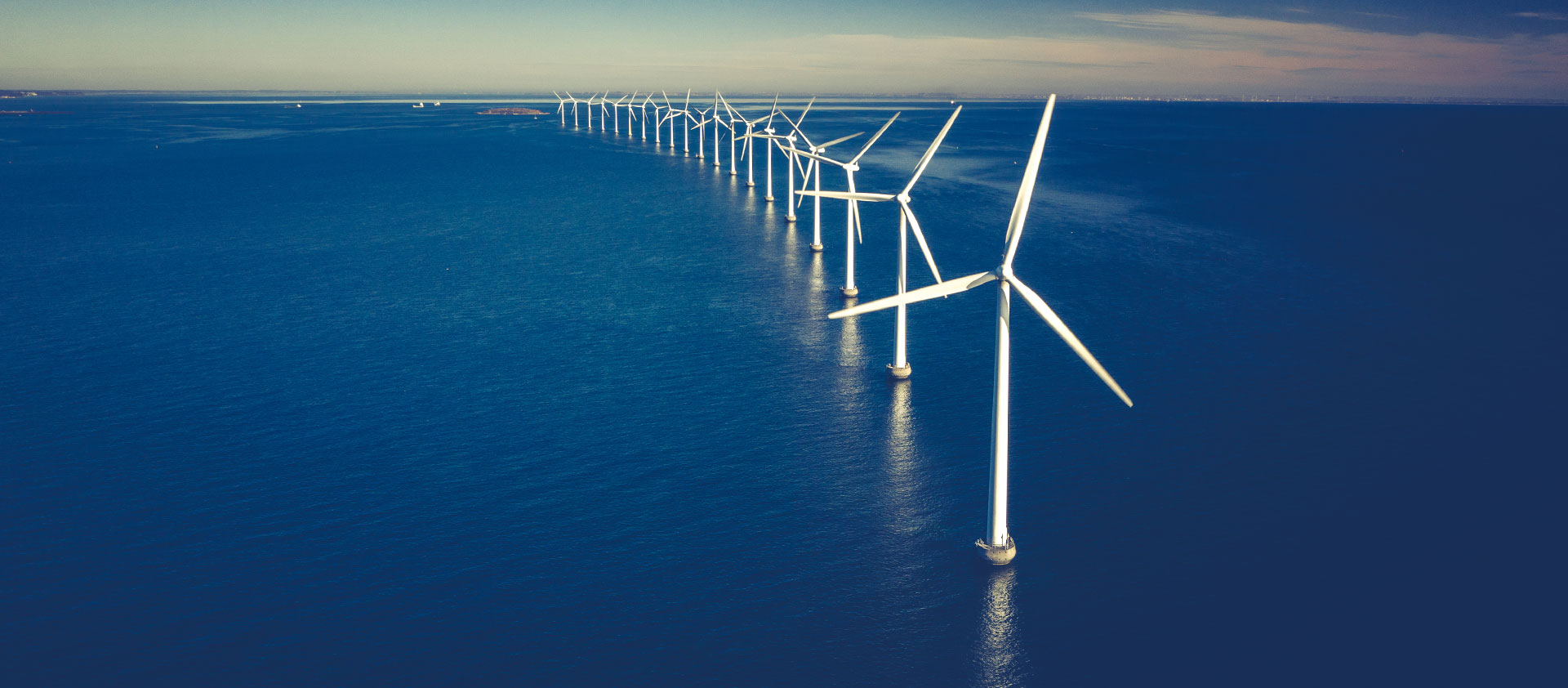AER AGL Aluminium Batteries Battery Budget BYD CATL CBAM China Coal Critical minerals Decarbonisation Diesel DMO Election Electric Vehicle Electricity/electrification electrostate Energy crisis Federal Election Finance Sector & Emissions Gas Green Iron/Steel Hydrogen India & Adani Methane Nuclear offshore wind Oil OP EDS Peter Dutton Podcasts Renewables Solar Tariff Taxes and subsidies US IRA/EU NZIA et al Wind
INTERVIEW | SKY NEWS with Jaynie Seal: Australia’s Energy Future – The Role of Batteries, Renewables
Sky News
Time for AEMO to get real and stop ringing the alarm bell on gas shortages
Renew Economy
RADIO INTERVIEW | Ellen Fanning of ABC Brisbane Drive; Power Price Hike Explained
ABC online
RADIO INTERVIEW | Jess McGuire with Tim on electricity prices cap price ABC NSW Statewide Drive
ABC online
‘Enhance and pivot’: Australia’s relationship with China could provide energy storage boom
Energy Storage News
PODCAST | Tim & Grant McDowell on Spark Club: Engie aims to invest €21-24 billion
Spark Club Podcast
In Attempt to Avoid Trump Tariffs, Japan and Europe Make Questionable Gas Deals
Drilled
ABC RADIO INTERVIEW | BP pulls out of renewable investments; discussion with Gary Adshead on ABC Perth Radio
ABC Radio
Green iron fund will lay foundations for Australia to become renewable energy superpower
Renew Economy
PODCAST | Tim & Grant McDowell on Spark Club: Whyalla Steelworks
Spark Club Podcast
RADIO INTERVIEW | Tim Buckley on Illawarra Breakfast
ABC Illawarra
“Lost confidence:” Government takes control of Whyalla steel works, as hydrogen plan hangs in balance
Renew Economy
